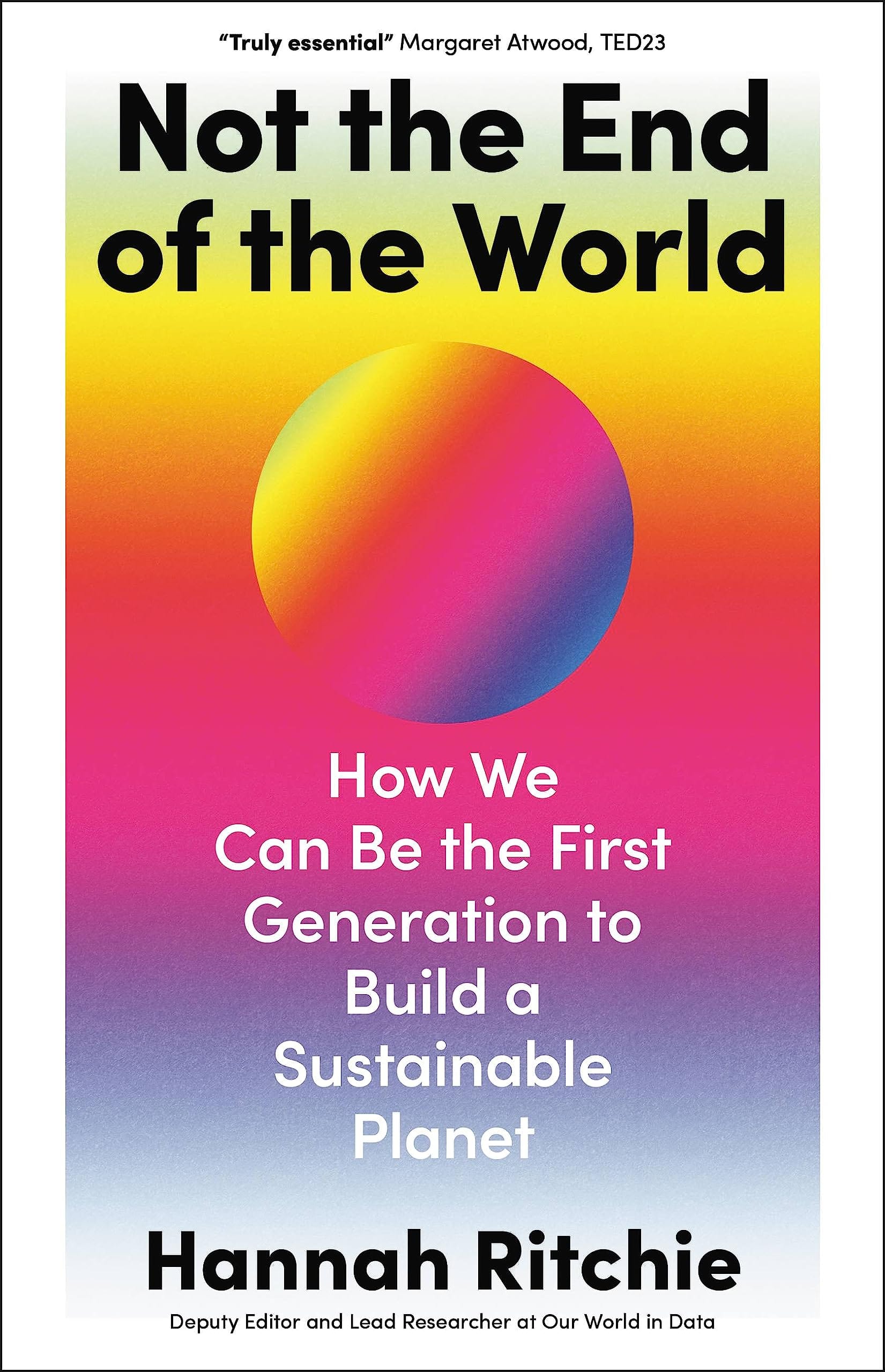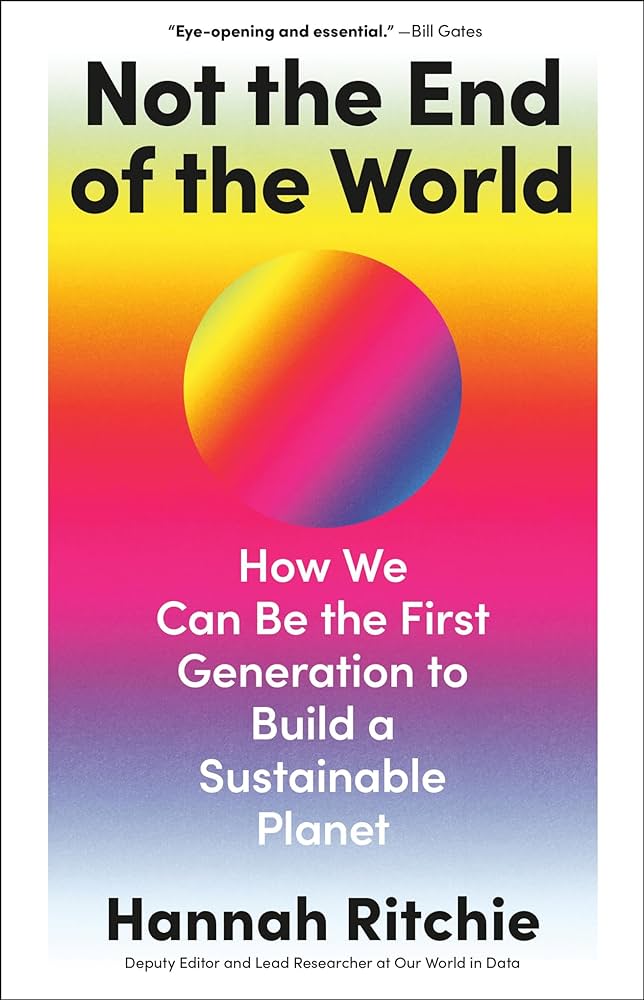Not the End of the World

When I first started teaching about climate change in social studies over ten years ago, my starting point was typically the evidence of climate change. My class would check out resources like NASA's Climate Time Machine to better understand the evidence that demonstrates the climate is changing. I wanted to address climate denial directly by starting with the data. However, last year this approach proved insufficient. Students knew that climate change exists and is a serious problem. The bigger issue was trying to overcome the despair, apathy, and anxiety these facts provoke.
This year I will shift course, grounding my instruction in strategies meant to address eco-anxiety, a very real problem that prevents people from engaging with climate action. A good resource for these strategies is Climate Hope, a free e-book presented by Green Minds MB, a collective of educators who are focused on climate education and climate action in schools. This resource focuses on strategies for helping students regulate their emotions in connection with climate change, allowing them to better engage with it and take action. Expanding students' window of tolerance when it comes to climate change is necessary.
While data relating to the evidence of climate change might not be a useful starting point, I think other types of data can support student engagement with this topic. Not the End of the World: How We Can Be the First Generation to Build a Sustainable Planet, by Hannah Ritchie, offers some useful insights for climate change educators. Ritchie, the lead researcher of Our World in Data, writes about various environmental problems, outlining the current state of the problem, and detailing how we got to now and where we are today. Sometimes the data can tell surprising stories. While much improvement is still necessary and she warns against complacency, she outlines how progress has been made in many areas. For instance, data shows that her carbon footprint in the 2020s is roughly half of her grandparents' footprint in the 1950s. Similarly, US emissions have fallen by 20% in the last fifteen years. Often media reports do not give the big picture, which is necessary for assessing and understanding the broader situation. The author also outlines the solutions that are likely to make the biggest impact with supporting evidence.

Teaching about climate change can be a balancing act. We want students to have hope that we can move towards a sustainable future, and a lot of what Ritchie outlines helps support this idea. At the same time, it's important to acknowledge that climate change will have huge and very negative impacts in the future, particularly for more vulnerable groups of people. In this respect, Not the End of the World does not contextualize the losses we will face in the future due to climate disaster. The book's title is also disappointingly flippant, considering how climate change will dramatically change life on our planet. However, Ritchie makes the point that to deal with the climate crisis we need to keep conflicting ideas in our heads. The world is in a precarious state. The world is better than it used to be. The world can be much better. While seemingly contradictory, these statements are all true in different respects. The challenge is helping students balance these ideas and move forward towards action and hope.
